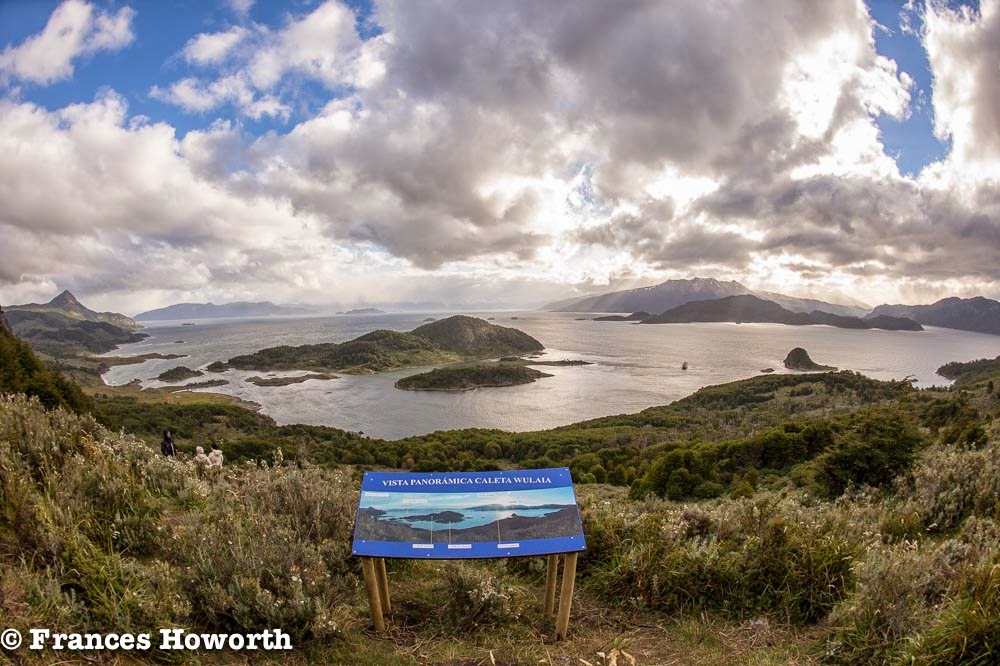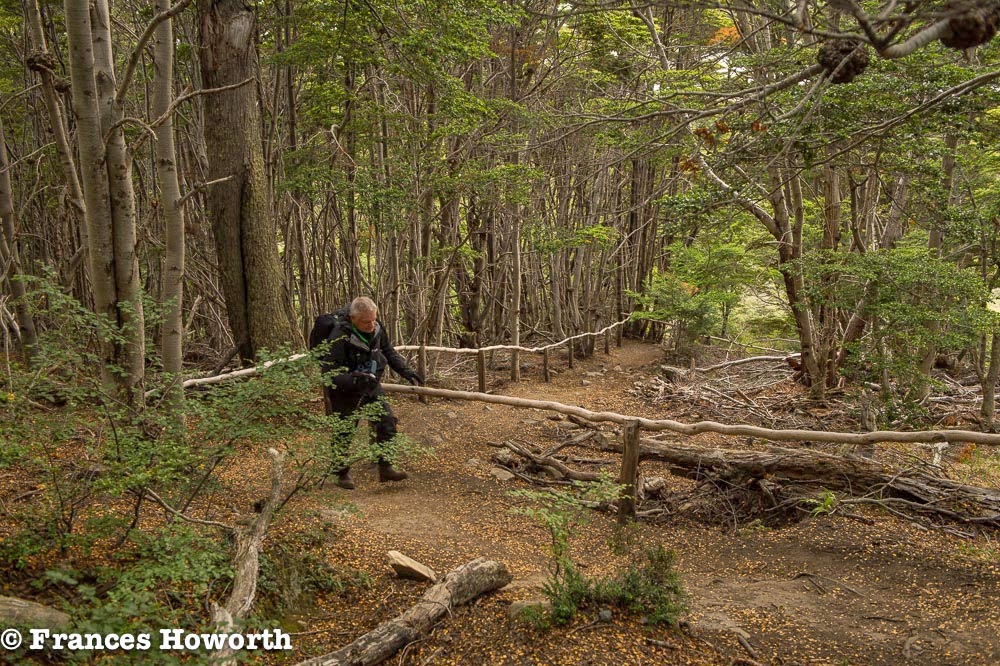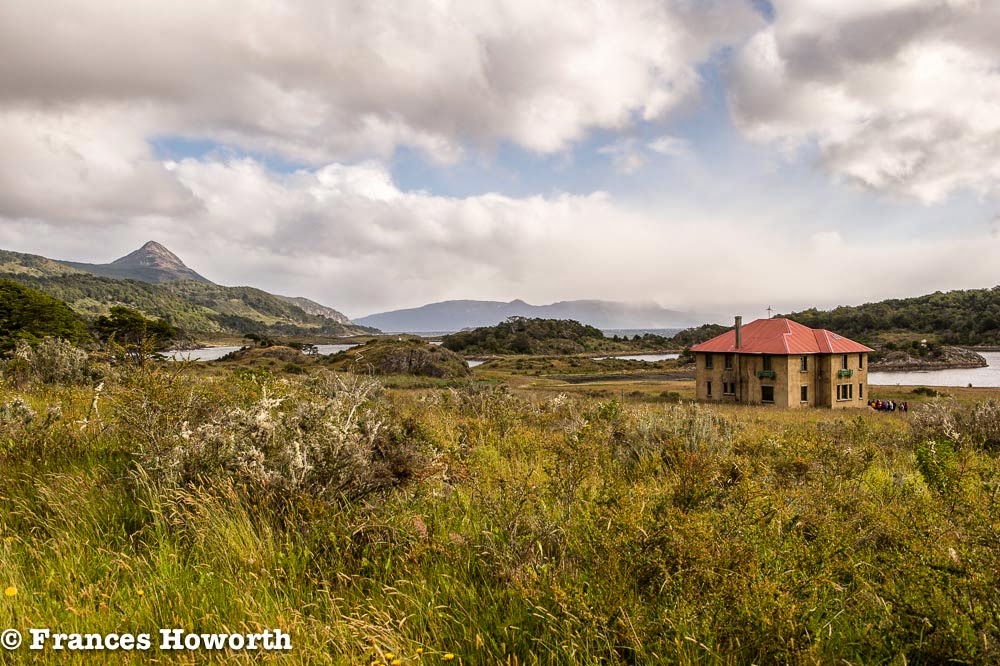The next stop for Via Australis was Wulaia Bay on Isla Naverino, some 78 miles to the north of Cape Horn, is a site seeped in history. It was here that one of the region’s largest Yamana aboriginal settlements called home.
HMS Beagle was to visit the area twice. The first 4 year long voyage away from home lasted from 1826 until she arrive in England during 1830. She returned again a year later in 1831 and this time stayed until 1836.
On his first visit to the area Captain Robert Fitzroy charted many of the channels to make the straits of Magellean a safer passage for ships preferring the shelter of inland passages to that of rounding the Horn. He was responsible for the naming of many of the channels including the Beagle Channel and the infamous Whaler Channel.
Charles Darwin landed in Wulaia in 1833, during the second voyage to the area by HMS Beagle. Traces of Yaghan presence the original inhabitants of the area and their encounters with these European visitors are abundant.
It is an area of mesmerizing beauty made the more so with its limited vegetation and granite formed geography. Drawings made in the 1830’s by Robert Fitzroy an accomplished artist show that the terrain is little changed since he made them. 100 years after his visit the Chilean Navy arrived to build and manned a radio relay station that was active until the 1950’s.
They shared the land with a family of Croatian settlers who farmed the area at the same time. They raised horses, sheep, cattle and pigs but when they decided to leave the area at the same time they left some pigs behind. This explains why today the area is inhabited by a colony of wild boar that is leaving their mark on the territory.
Pigs are not the only animals to be responsible for a rapidly changing landscape. The beaver population is totally uncontrolled and with their penchant for damming of the streams they are quickly killing off the Lenga the only tree species that has adapted to this part of the world.
Walking through the Magellan forest with its understandably limited varieties of vegetation that have been tamed naturally by the extreme weather makes you realise how the remoteness of the land has created what we see. Lengas, Coigües, Canelos, Ferns, and other endemic vegetation are all because of this, truly awe inspiring
A panoramic viewing point and a small improvised visitor centre fashioned from the former radio station has become the focal point for passengers visiting the area on board ships of the Cruceros Australis fleet where it invites visitors to meet and explore the cultural and archaeological heritage.
Distances from Wulaia Bay to:
- Cape Town 6731 nm
- Buenos Aires 2359 nm
- Rio de Janiero 4071 nm
- Santiago 2393 nm
- New York 10,605 nm
- San Francisco 11,510 nm
- London 13,311 nm



